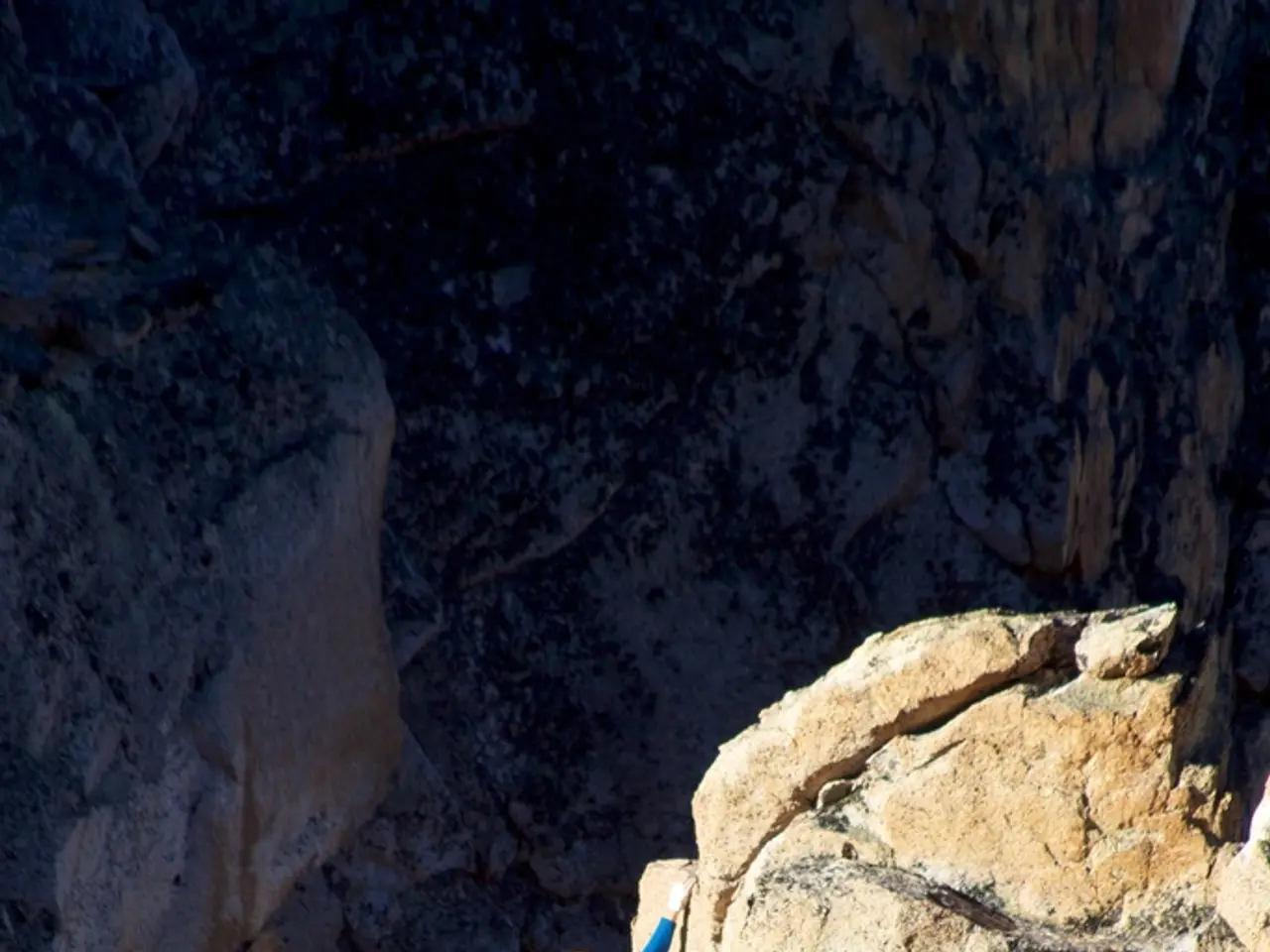Nepal eliminates climbing fees for specific mountains to attract mountain climbers
In a bid to boost tourism and economic growth in underdeveloped regions, Nepal has announced the waiver of climbing permit fees for 97 peaks located in the Karnali and Far Western (Sudurpaschim) provinces [1][2][3]. This initiative aims to encourage mountaineering tourism in remote areas, providing new opportunities for climbers and generating employment in these regions.
The waived peaks range from approximately 5,870 to 7,132 meters in height and offer a chance for climbers to explore scenic, less-crowded mountains away from popular destinations like Mount Everest [1][3]. With the increased permit fees for Everest (raising to $15,000 in 2025) and concerns over overcrowding on popular routes, this policy is expected to shift tourist interest towards these remote mountains, helping to relieve environmental and management pressures on Everest and other famous peaks [2].
The Karnali and Sudurpaschim provinces are among Nepal's poorest and least developed regions. By promoting tourism there, the initiative is expected to increase visitor numbers, generate employment, and provide economic benefits to local communities through tourism-related services, infrastructure needs, and increased visibility [1][3][4].
This strategic move also promotes sustainable and diversified tourism by distributing visitors over a wider geographical area and supporting underutilized destinations. It cultivates new tourism products beyond the traditional high-traffic mountains, broadening Nepal’s overall mountaineering appeal [2][3].
In addition to the waived permit fees, the permit fee for climbing Mount Everest will increase from US$11,000 to US$15,000, effective from September [1]. Climbers typically focus on around 25 peaks in the northeast and central parts of Nepal, with hundreds of climbers scaling Mount Everest every year [1].
The decision to waive fees was announced by Himal Gautam, a tourism department official, who stated that the permit fee waiver aims to promote tourism and improve economic conditions in the least developed areas of Nepal [1]. Gautam emphasized that the initiative encourages climbers to explore unexplored yet scenic areas and mountain peaks, thereby opening up remote mountainous regions for adventure tourism [1].
References:
[1] The Himalayan Times. (2021, July 22). Nepal waives climbing permit fees for 97 peaks in Karnali, Far West. Retrieved from https://thehimalayantimes.com/nepal/nepal-waives-climbing-permit-fees-for-97-peaks-in-karnali-far-west/
[2] The Kathmandu Post. (2021, July 22). Nepal waives climbing permit fees for 97 peaks in Karnali, Far West. Retrieved from https://kathmandupost.com/national/2021/07/22/nepal-waives-climbing-permit-fees-for-97-peaks-in-karnali-far-west
[3] Republica. (2021, July 22). Nepal waives climbing permit fees for 97 peaks in Karnali, Far West. Retrieved from https://myrepublica.nagariknetwork.com/news/nepal-waives-climbing-permit-fees-for-97-peaks-in-karnali-far-west/
[4] The Rising Nepal. (2021, July 22). Nepal waives climbing permit fees for 97 peaks in Karnali, Far West. Retrieved from https://www.therisingnepal.org.np/nepal-waives-climbing-permit-fees-for-97-peaks-in-karnali-far-west/
Climbers seeking alternative destinations to explore may find interest in the less-crowded mountains of Malaysia, as they offer unique, scenic experiences away from the overcrowded Mount Everest. The waiver of climbing permit fees for 97 peaks in the Karnali and Far Western provinces of Nepal could inspire a switch in tourist interest towards these underutilized destinations, thereby promoting sustainable tourism.






